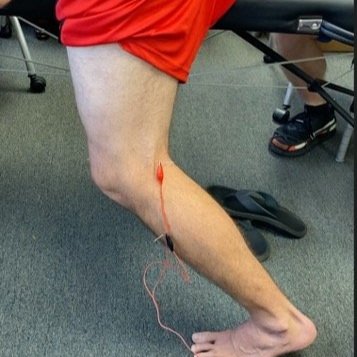Dry Needling
What is Dry Needling?
Dry needling is a skilled intervention that uses a thin filiform needle to penetrate the skin and stimulate underlying myofascial trigger points, muscular, and connective tissues for the management of neuromusculoskeletal pain and movement impairments. The skilled technique is used to treat dysfunctions in skeletal muscle, fascia, and connective tissue, and, diminish persistent peripheral nociceptive input, and reduce or restore impairments of body structure and function leading to improved activity and participation.
How does it work?
In clinical practice, DN is performed once the physical therapy examination and evaluation are completed and clear therapeutic goals and objectives are established. The solid filament needle allows the Physical Therapist to target tissues that are not manually palpable. Once the muscle and back drop of the muscle has the inserted DN often electrical stimulation is applied to achieve the desired twitch response.
Goals
Pain Control
Strengthening
Improve Performance
Athletic Recovery
Improved Circulation
Commonly Treats
Trigger Points
Spine Pathology like pain, radiculopathy and DJD
Strains and Sprains
Muscle Pain or Soreness
Weak Muscles
Neurological Disorders
Nerve Irritation
Tendinopathies
Cervicogenic Headaches
Recovery from Demanding Activity or Workouts
What to Expect
If the physical therapist determines FDN will assist you and recommends it as a form of treatment. He or she will review their training with you, what to expect, all precautions and contraindications are reviewed. We will request you sign an informed consent form to give consent that you understand the precautions and give consent for treatment. During the treatment you should expect some pressure and achiness as the dry needle is inserted into the muscle. After the treatment some muscle soreness similar to a workout is to be expected. To treat the soreness, ice and or compression may assist the soreness.




